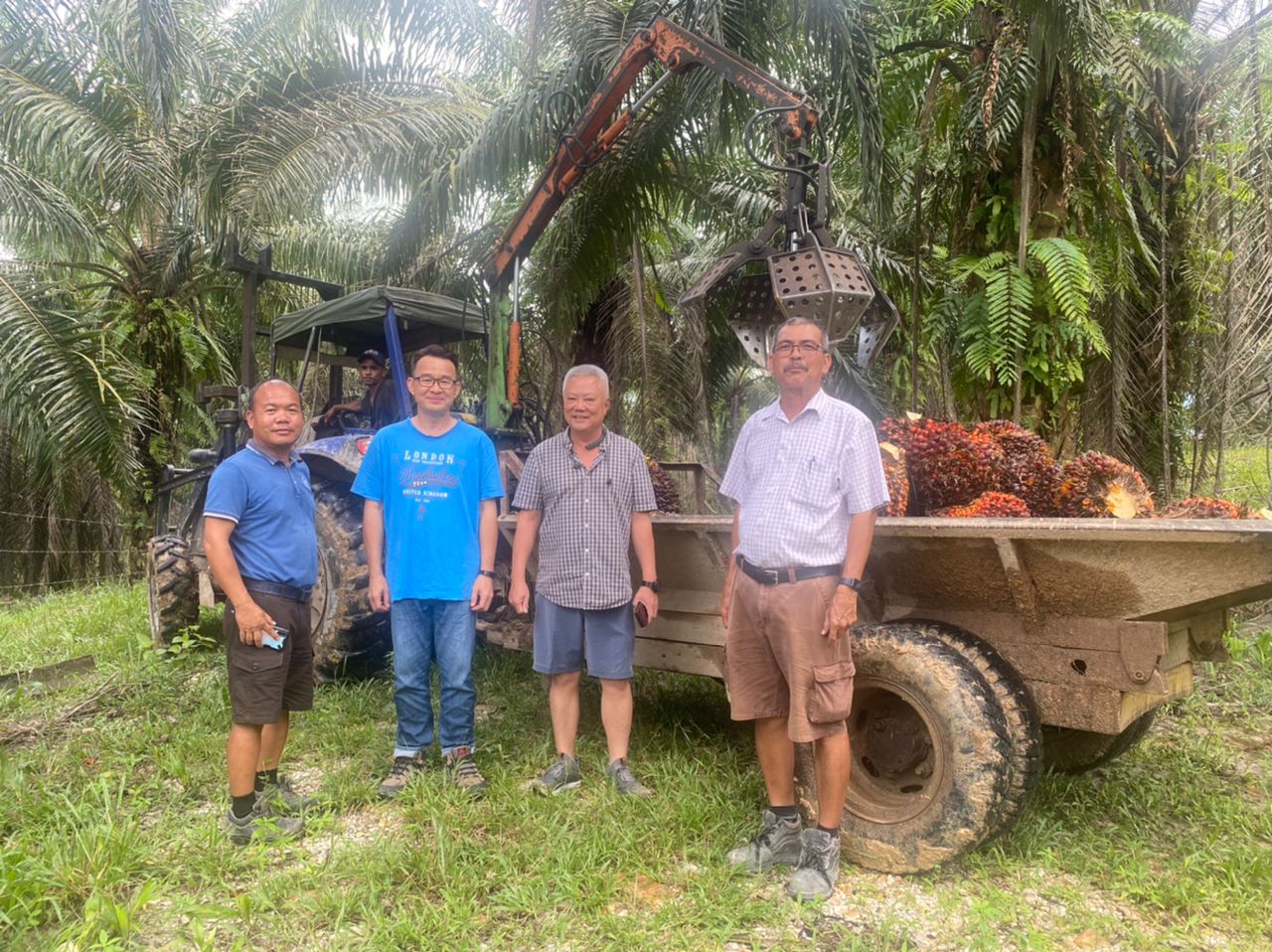Sarawak oil palm has grown exponentially in the last 50 years. Under the encouragement of government policy and effort contributed by private sectors, Sarawak has a total planted area of 1.61 mil ha now compared to merely 14,000 ha in 1975.
Oil palm is labor intensive. As the oil palm planted area expanded over the years, the requirement for total number of workers has increased similarly. Based on the planted size there were 1,400 workers employed by Sarawak oil palm plantation companies in 1975. However, today this companies require 160,000 workers to achieve optimal operation.
Basically there are 6 main job categories in oil palm plantation operation i.e field conductor, harvester & collector, field worker, other field worker, executive and admin & clerical. Out of these, about 38% of workers are hired as fruit harvesters and collectors while about 36% are as field workers. These 2 job categories represented 74% of the total workforce in oil palm plantations.
Oil palm plantations in Sarawak are highly dependence on foreign workers. While other states are opened to different nationalities, only migrant workers from Indonesia are allowed in Sarawak agricultural sectors.
Lack of interest, negative perception, and having different skill set are few reasons why plantation companies unable to rely on locals employ to work in their plantations. On top of that, a large number of rural migration to urban areas or cities to take up employment opportunities in last few decades also contributed to the shortage of labor which eventually had led to the current dependency on foreign workers which makes up of about 80% of total workforce in Sarawak oil palm plantations.
Labor shortage has always been a perennial issue to oil palm plantation sector. As oil palm plantation companies tend to employ sufficient workers for normal operation to control cost, they usually only face worker shortage during the peak production months.
Recruitment process for foreign worker is a tedious process due to multi-ministry involvement. Many unmeasurable times and resources are wasted during the processes. For example, from submitting an application for recruiting foreign workers to approval will take not less than 6 to 8 months. This has resulted in serious backlog of applications to fill up overdue vacancies.
The pandemic has further exacerbated the labor shortage faced by Sarawak oil palm plantation sector to a breaking point. For the last 2 years there was practically no new foreign worker enter as international borders are closed to curb the spread of Coronavirus. As a result, the oil palm plantations are unable to replenish vacancies left by those foreign workers who had returned home country prior to the pandemic.
Sarawak was estimated to short of 45,000 foreign workers in November 2021 whereby about 70% to 80% of them are harvesting team. At the time, most plantation companies were operating at 50% less workers. It was anticipated that The shortage will further intensify when more are expected to leave their workplace as their contracts are expiring and do not wish to extend.
Malaysia crude palm oil price hit RM5,000 a tonne in October 2021 and another record high at RM6,000 on 17 February 2022. Unfortunately, the local palm oil companies cannot enjoy the full benefit of the pricing as 20% to 30% of present palm fruits are left unharvested and rotten due to not enough harvesters. The losses incurred by the company also means a loss of opportunity to government to generate more revenue through collection of corporate tax.

Photo taken during the recent visit to one of the oil palm plantation situates at Lundu by Sarawak Oil Palm Plantation Owners Association (SOPPOA) CEO Dr. Felix Moh 毛維浩博士(second left) with Malaysia Estate Owners’ Association (MEOA) President Mr. Jeffery Ong 王綏冠(third left) while exchanging views on some recent issues affecting the local palm oil industry. Also presence were estate management Mr. Napoleon and Mr. Charles
By
Dr. Felix Moh Mee Ho
CEO
Sarawak Oil Palm Plantation Owners Association (SOPPOA)